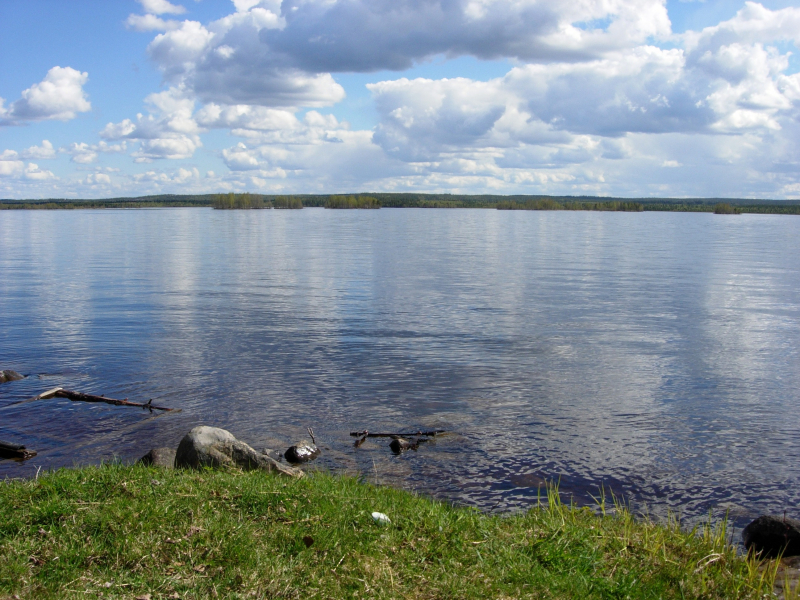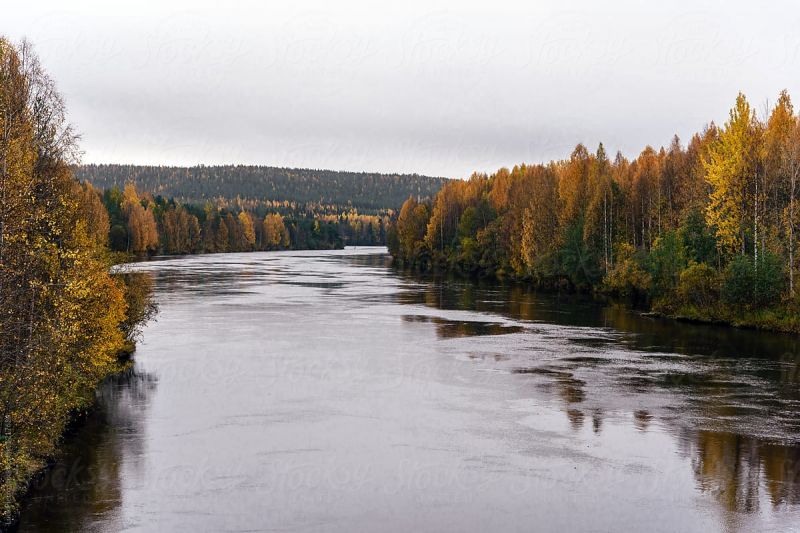Kemijoki River

With a length of 550 kilometers (340 miles), the Kemijoki River (Swedish: Kemi älv, Northern Sami: Giemajohka) is Finland's longest river. Before reaching the Gulf of Bothnia in Kemi, it passes through Kemijärvi and Rovaniemi. The Ounasjoki and Kemijoki River meet at Rovaniemi.
In 1949, the first hydroelectric plant on Kemijoki was built in Isohaara. So far, a total of 15 power plants have been built. Kemijoki Oy and Pohjolan Voima Oy are the owners of the factories. The plants generated 4.3 TWh in 2003, accounting for around 34.5 percent of Finland's total hydroelectric production.
The Isohaara power plant, which was finished at the river's mouth in 1949, was followed by 20 more power plant dams, which buried multiple rapids beneath their basins. At the same time, these building operations have decimated the river's salmon supply, which was once among Europe's wealthiest.
Following that, intensive fry-stocking procedures were used to keep the stock alive. Migratory fish may already flow through the Isohaara site via a fishway, and it is hoped that migration to the confluence with the River Ounasjoki will be feasible in the future. This is considered one of the longest rivers in Finland.
Length: 550 km











